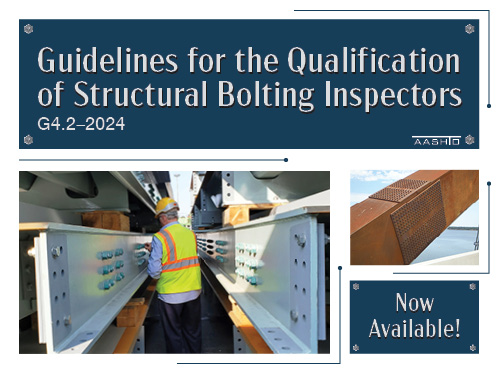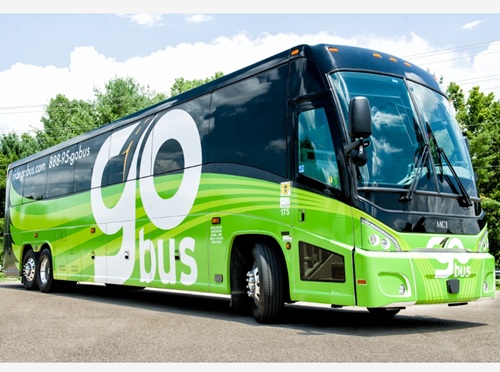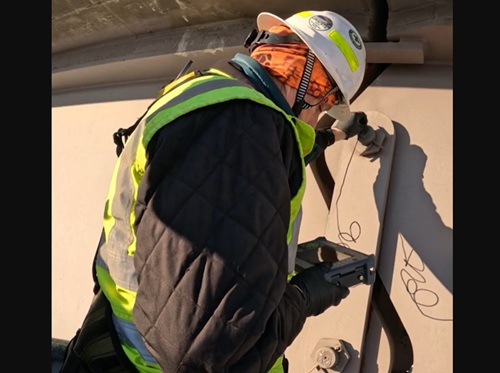The Utah Department of Transportation recently demonstrated the value of ultrasonic testing technology as part of the inspection process for one of the key “Spaghetti Bowl” bridges built in 1985 that connects northbound I-215 to westbound I-80 outside of Salt Lake City.
[Above photo by Utah DOT]
The agency said ultrasonic technology uses a transducer to transmit high frequency sound waves into “difficult-to-see” parts of a bridge structure; enabling crews to look more accurately for damage, deterioration, or any other factors that may raise safety concerns.
“Ultrasonic testing is one of the many tools we use when assessing the condition of bridges,” explained Becky Nix, Utah DOT’s bridge management engineer, in a statement.
Although not part of the standard inspection process, Nix said ultrasonic testing is used in specialty situations to evaluate critical bridge elements. “We want everyone to know that when they are driving on one of our bridges, they are going to be safe,” she explained.
Utah DOT noted that the typical bridge inspection process involves detailed data collection, including written and photo documentation and ranking scales.

[Editor’s note: The American Association of State Highway and Transportation Officials helps establish several continuously updated bridge inspection safety standards. For example, it recently published “Guidelines for the Qualification of Structural Bolting Inspectors,” 3rd Edition, in December 2024.]
Nix explained that occasionally, inspection crews use ultrasonic testing, Light Detection and Ranging or “LiDAR” eye-safe laser beam-based technology, ground penetrating radar, or infrared thermography to gather data on a bridge’s condition.
She added that Utah DOT bridge inspection crews perform biennial inspections of more than 3,000 state and locally owned bridges.
“We complete 150 to 160 bridge inspections per month,” Nix said. “It’s a busy schedule but this data is so valuable. They help to ensure public safety and help prioritize future projects. We’re constantly collecting data so that we can make smarter, safer decisions for the state’s infrastructure.”
 States
States
Master Plan Map Completed for Utah Trail Network
October 31, 2025 States
States

